Shipping quote request
We’ll calculate the shipping price as soon as getting your request.
Shipping quote request
We’ll calculate the shipping price as soon as getting your request.
You May Also Like
More from this Dealer
Robert Luis Nicoidski, Figure, Original China Ink Drawing, Late 20th-Century
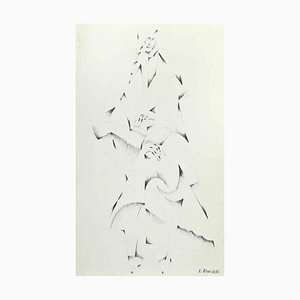
Unknown, Anna Magnani (Mamma Roma), Mid-20th Century, Photographic Print
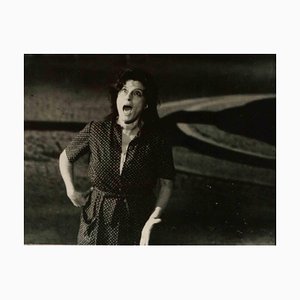
Maurizio Gracceva, Composition, Original India Ink and Watercolor, 2010

Ibrahim Kodra, Robot, Lithograph, 1980s
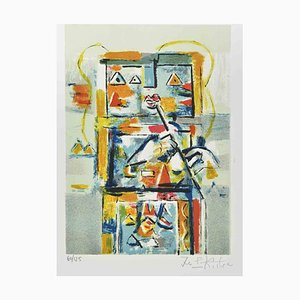
Map of Crete Etching by Johannes Blaeu, 1650s
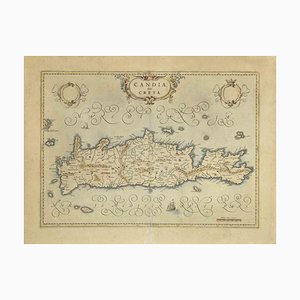
Genny Puccini, Libra, 1973, Acrylic on Canvas
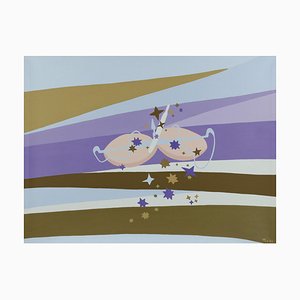
Leo Guida, Still Life With Birds, Original Etching, 1970s
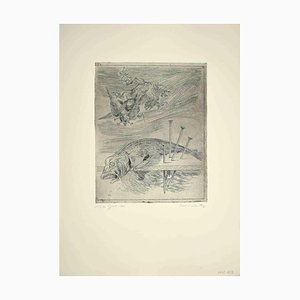
Jean Moitte, Le Verrat, Etching, 1771
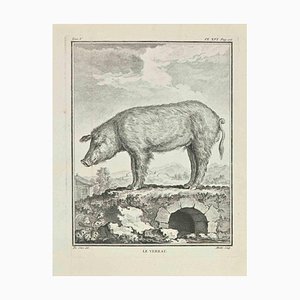
Alessandro Lescano, Map of Ancient Rome, Original Etching, 1848
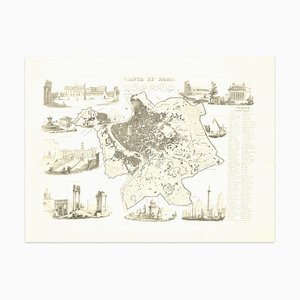
Mino Maccari, Figures, Ink on Cardboard, Mid-20th Century
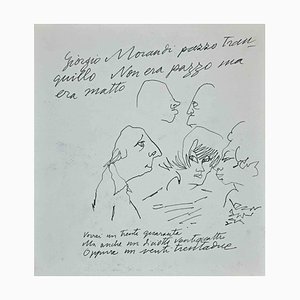
Luigi Vanvitelli, Letter of the Alphabet F, Etching, 18th Century
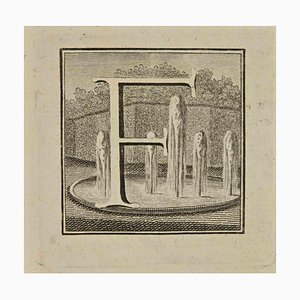
Franz Hogenberg - View of Namur (belgium) - Etching - Late 1500
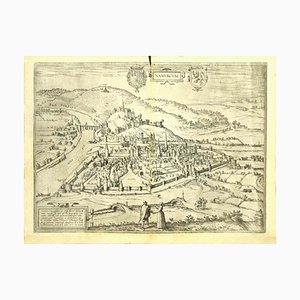
Marc Chagall, Meeting of Ruth and Boaz, Lithograph, 1960
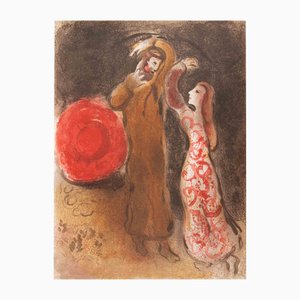
Charles Amand Durand after Rembrandt, Bust of an Old Man with Curly Hair, 19th Century, Engraving
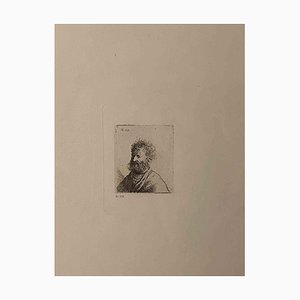
Paul Gavarni, The Conversation, Original Lithograph, 1881

Unknown, Phallus Fascinum in Ancient Roman Religion, Original Etching, 18th Century
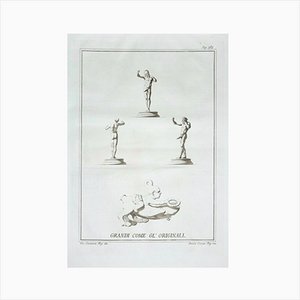
Aphrodite Anadyomene - 1970s - Emile Deschler - Watercolor - Contemporary
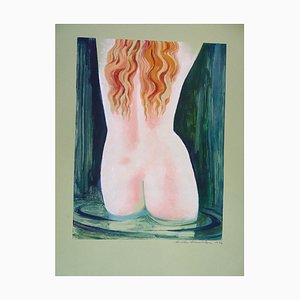
Nicholas Cochin, The Study of Hand after Bouchardon, Etching, 1755
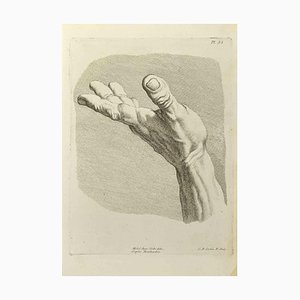
Bettino Craxi, Interior of the Tunisian Architecture, Photolithograph, 1995
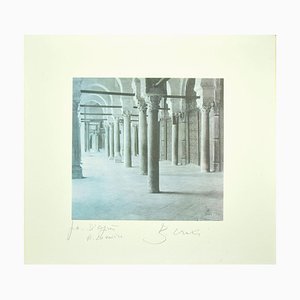
Luigi Aloja, Seascape with Monument, Etching, 18th Century
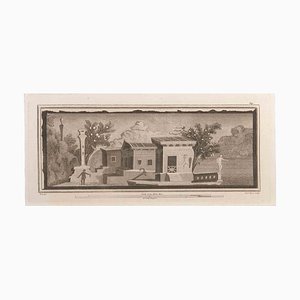
More Products
Get in Touch
Make An Offer
We noticed you are new to Pamono!
Please accept the Terms & Conditions and Privacy Policy
Get in Touch
Make An Offer
Almost There!
To follow your conversation on the platform, please complete the registration. To proceed with your offer on the platform, please complete the registration.Successful
Thanks for your inquiry, someone from our team will be in touch shortly
If you are a Design Professional, please apply here to get the benefits of the Pamono Trade Program